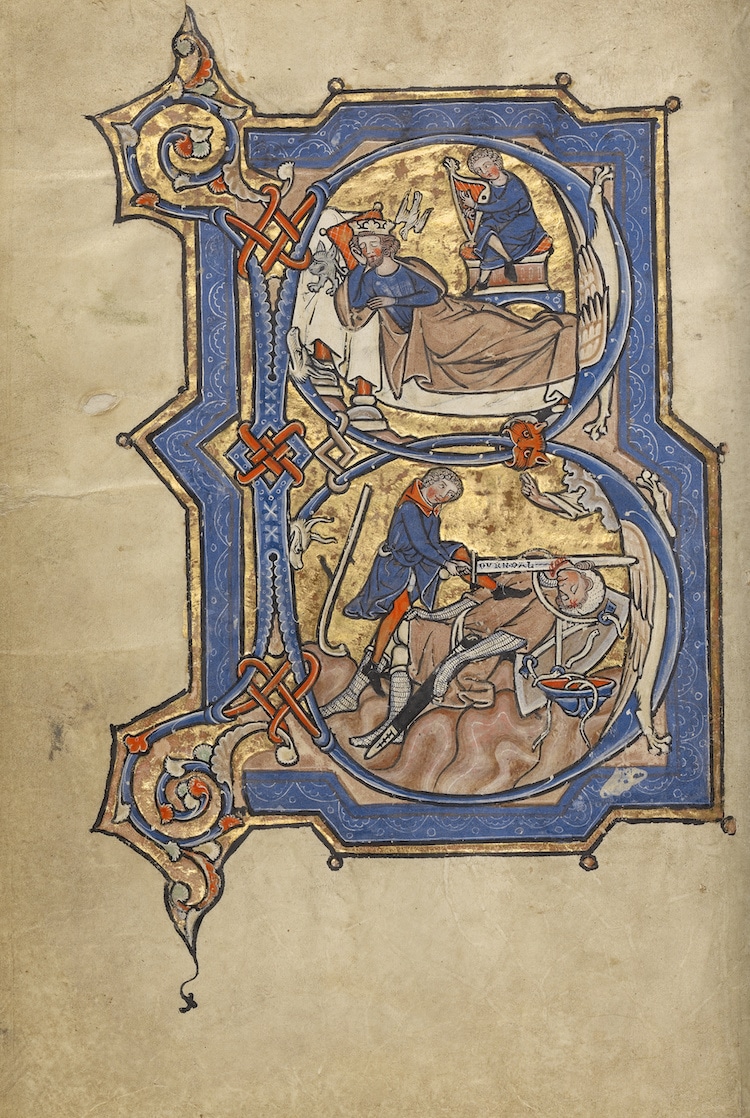
Killer rabbits in medieval manuscripts: Smithfield Decretals, c. Carnival celebrations and jokes by dramatizing the comic and relative side of absolute truths and supreme authorities highlighted the ambivalence of reality, coming to represent the power of both absolute liberty and farce.
#MEDIEVAL MANUSCRIPTS ART FULL#
Remember that we are talking about a very inflexible society full of social barriers. During the Middle Ages and the Renaissance, the culture of laughter was trying to make the regular world full of mysticism, dogmatism, and seriousness more bearable. The world in the drolleries was the upside-down world. Royal 10 E IV, British Museum, London, UK. Killer rabbits in medieval manuscripts: Decretals of Gregory IX, ca.
#MEDIEVAL MANUSCRIPTS ART SKIN#
It would probably gnaw your arteries, skin you, or at least hang you and tell you not to scream while dying.

You wouldn’t like to meet a bunny like this ever in your lifetime. They had some serious armory and fought some severe battles. They killed people and other animals, often in a very sophisticated way. But in the drolleries, they have shown their true nature – cruel, sadistic, and violent animals.

This is why we can often find them on the scenes with the Holy Family or Christ, like here on Dürer’s etching. In medieval times, rabbits were usually seen as symbols of purity and helplessness. 1496, The Art Institute of Chicago, Chicago, IL, USA. These types of funny marginalia are known as the drolleries, and they became most popular from 1250 to the 15th century.Īlbrecht Dürer, The Holy Family with Three Hares, c. Some of these books were also having so-called marginalia – the marks made in the margins where we can find quite particular images of monsters, beasts, animals, obscene images of human-animal hybrids, and of course, human genitals. Some of these books were also illuminated – meaning they had some additional illustrations or drawings. In Middle Ages, this hard work was done by the army of monks living in monasteries. Detail.īefore around 1440, when the goldsmith Johannes Gutenberg invented the publishing press, the books were copied by hand.

107, fol.-89r-141v, Bibliothèque de Verdun, Verdun, France. Killer rabbits in medieval manuscripts: Breviary of Renaud de Bar, 1302-1304, Ms.


 0 kommentar(er)
0 kommentar(er)
